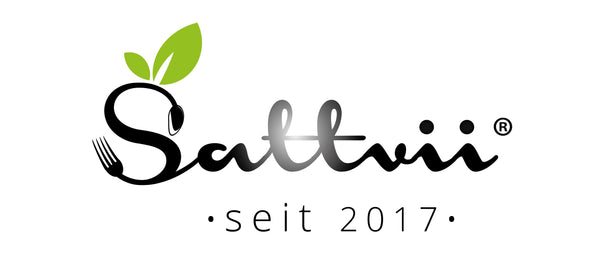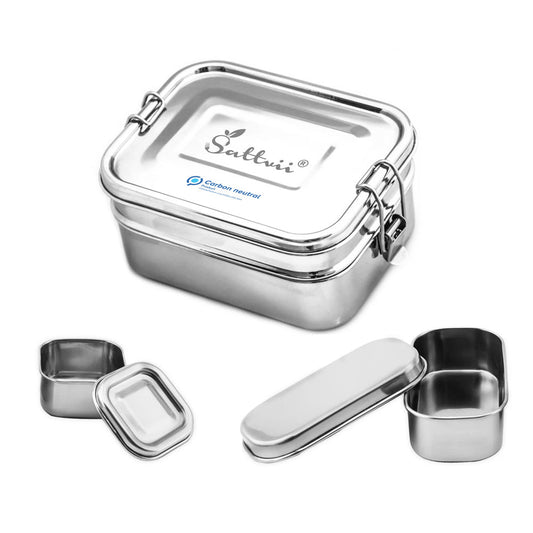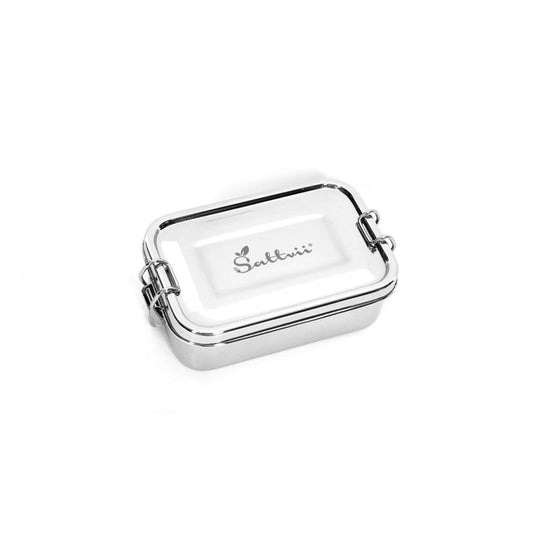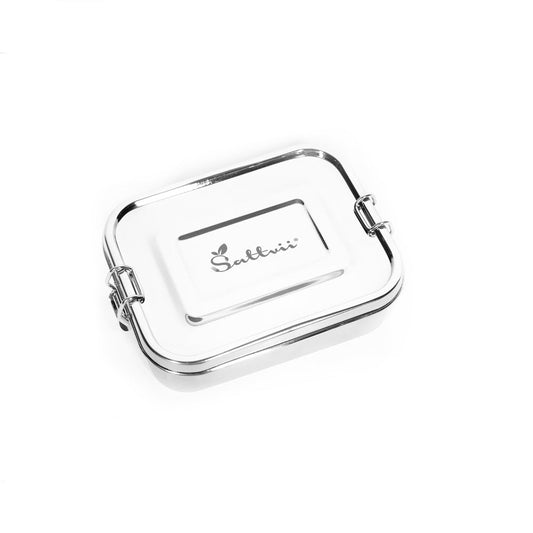
Why do so many people eat alkaline foods?
One of the basic regulations of the human body is based on the interaction between acids and bases. This so-called acid-base regulation ensures, among other things, that your digestion works well. Acid is healthy and important to a certain extent - for example in the stomach, whose acidic environment is necessary to digest food. The human body produces healthy acids such as lactic acid or carbonic acid every day. However, you get most of the acids through your diet. Sweets, animal protein and soft drinks contain a lot of acid - including acetic acid, sulfuric acid and phosphate acid. There are also acids from other sources - for example in stressful situations, to which some people react with excessive hydrochloric acid production. This is okay in moderation, but it becomes critical when the organism is struggling with an excess of acids. Then, sooner or later, the organs will be affected - diseases such as gout, hardening of the arteries or rheumatism can be the result. As is so often the case, prevention is better than aftercare. But even if your body is already acidic, you can support your body in the production of bases as part of an alkaline diet.
Which foods are typically considered alkaline?
Here is an overview of all other foods that are suitable for an alkaline diet:
- Citrus, watermelon, blueberries
- corn lettuce, lettuce, iceberg lettuce
- Cucumbers, broccoli, peppers, mushrooms, asparagus, peas
- Kefir, buttermilk, whey, tofu, plain yoghurt, cream cheese
- rapeseed oil, apple cider vinegar, sunflower oil
- Cocoa, wine, green tea

How can an alkaline diet be implemented in everyday life?
Now that we have looked at which foods are suitable for an alkaline diet, you may be wondering how you should be able to eat alkaline in your hectic everyday life. For example, an alkaline diet weekly plan with suitable alkaline diet recipes can help you with the implementation. He shows you an example of how you can implement an alkaline diet in everyday life without any problems. You can also find suitable detailed information in a suitable alkaline nutrition table. In this context, a distinction is made between PRAL tables, holistic tables and pH value tables. The PRAL table was developed by the chemists Thomas Remer and Friedrich Manz. PRAL stands for Potential Renal Acid Load. The table indicates the potential acid load on the kidneys from a specific food. Unfortunately, however, it is limited too much to acids that are excreted via the kidneys and less to organic acids, which also have an impact on your acid-base balance. It is therefore rather unsuitable for the everyday life of an alkaline diet. The situation is similar with the pH value tables, which classify foods according to their acidity. The problem here, too, is that they tend to be one-sided. Holistic tables use the previous two types of tables as a basis, but also incorporate other insights about acids and bases. A distinction is made between good and bad acid images. In addition to their acidity, the good acidity also provides the body with important vitamins and essential trace elements. On the other hand, you should consume the bad acidifiers, including meat, dairy products, alcohol, white flour products and caffeine, as little as possible because they put an excessive strain on your metabolism. In addition, you can take so-called base powder based on lactose, mineral salt compounds and sucrose, which can also help to balance the excess acid in your body. Experts on the alkaline diet recommend focusing on purely alkaline meals once a week. You can also drink a liter of alkaline broth made from carrots, celery or potatoes on these days.

What specific tips can be helpful in practice?
You would Would you like to try the alkaline diet yourself? In order to help you to put the ratio of alkaline to acid-forming foods of 80 to 20 percent into practice without any problems, we would like to give you some concrete tips here. First: Fresh herbs are not healthy, they also spice up every meal. So don't hesitate to try something new - for example dill in mashed potatoes, coriander in the Asian-style ginger potato soup or peppermint in the salad. The same goes for nut butter, which is great for thickening sauces - and has a wonderfully creamy consistency. Just make sure that the puree you choose doesn't contain any added sugar.Especially at the beginning, if you haven't gained much experience with the alkaline diet, you can't really do anything wrong with soups based on potatoes, pumpkin or saddles. And most importantly: So that the alkaline diet doesn't overwhelm you in everyday life, you should consider it draw to pre-cook your meals.






